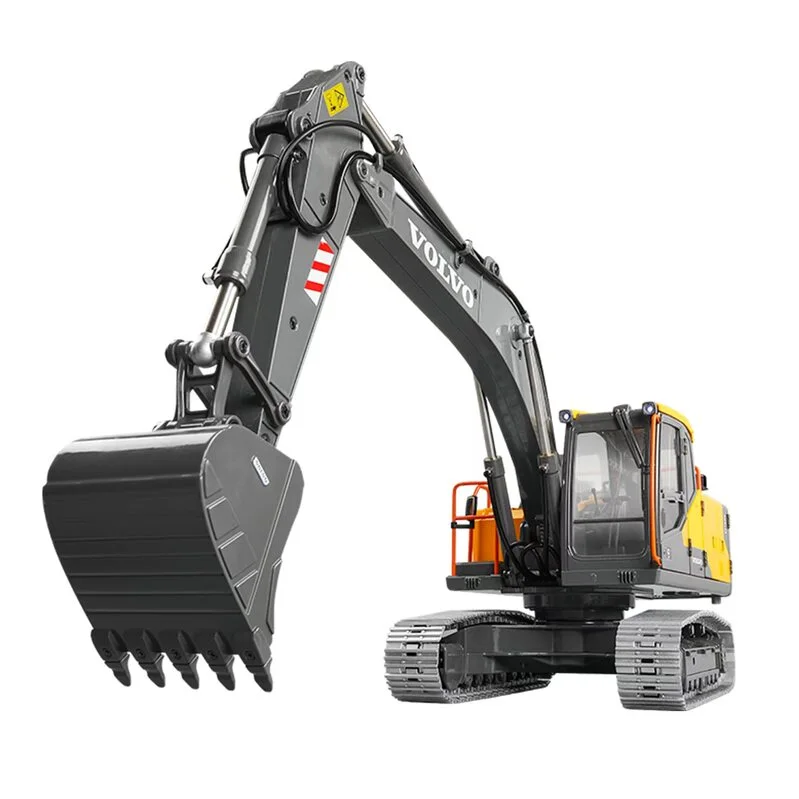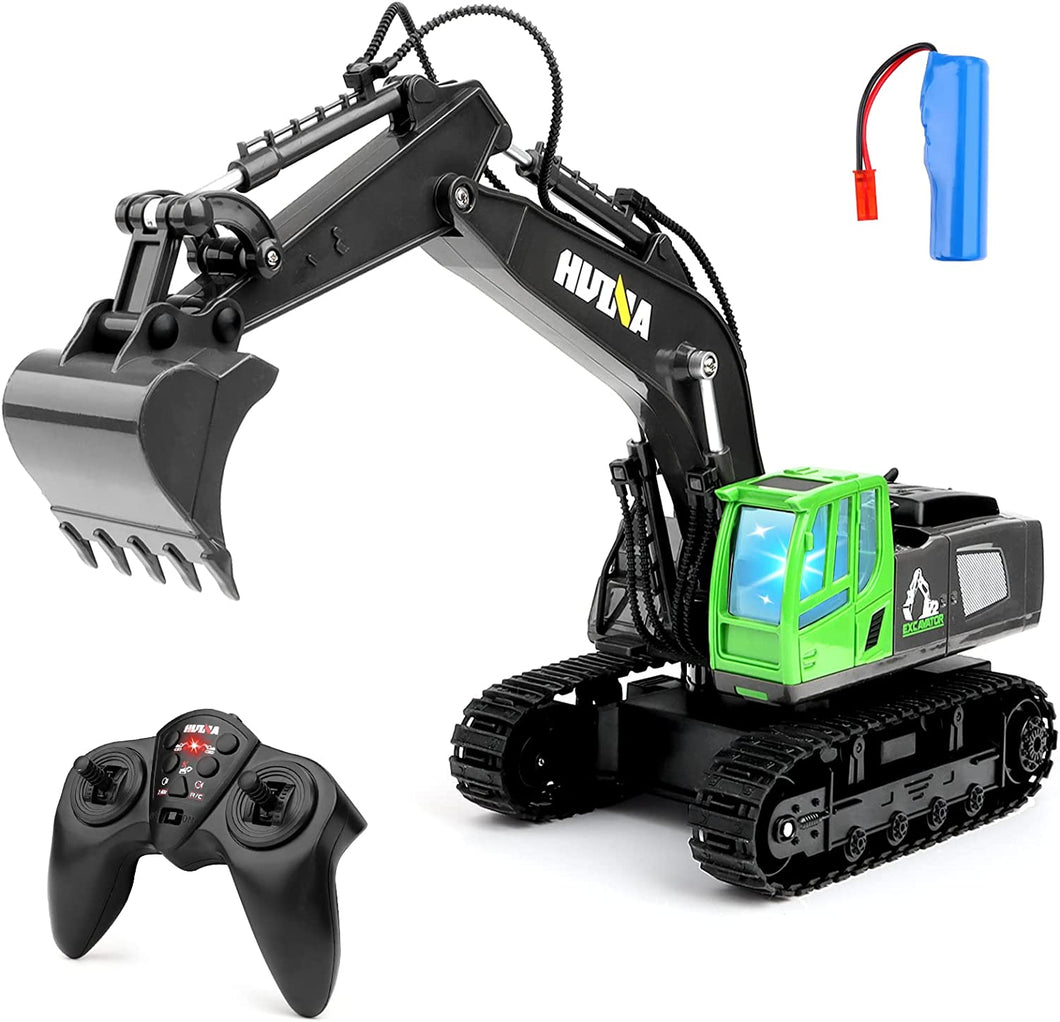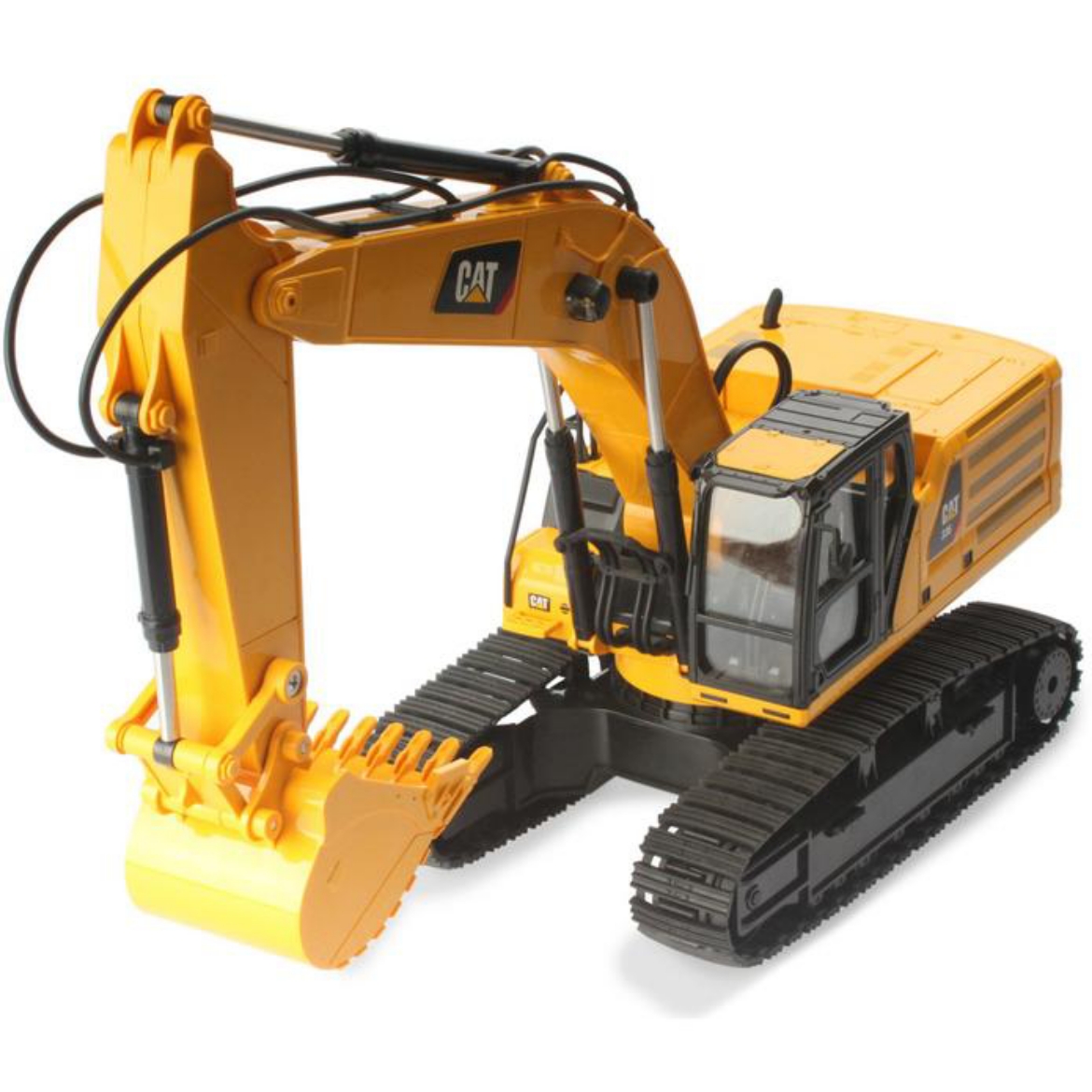The Necessary Attributes of Excavator That Make It a Must-Have Tool
Excavators are important in the building and landscape design markets. Their versatile add-ons enable for a series of jobs, from digging to demolition. In addition, they flaunt superior excavating depth and reach, powered by durable engines. Operator convenience and small layouts enhance functionality in numerous atmospheres. What absolutely sets excavators apart are their advanced hydraulic systems and longevity. Recognizing these attributes can make clear why they are considered important tools on any task site.
Flexible Accessories for Improved Functionality
Although excavators are powerful devices on their own, the addition of versatile accessories considerably enhances their performance. These attachments change a standard excavator right into a multi-purpose tool, suitable for a range of tasks. Containers, as an example, can be found in numerous forms and dimensions, allowing operators to dig, scoop, and relocate materials successfully. Hydraulic thumbs can be added for boosted gripping and handling of cumbersome things, such as logs or rocks.Furthermore, specialized attachments like breakers and augers enable exploration and demolition work, increasing the excavator's utility on construction websites. remote control excavator. Grapples are an additional choice, perfect for relocating and sorting particles. This adaptability not only increases productivity but also lowers the requirement for numerous machines, saving time and expenses. By equipping excavators with the ideal attachments, operators can take on diverse tasks, making them indispensable in the construction market
Superior Digging Depth and Reach
Excavators are developed with superior excavating depth and reach, allowing them to maneuver in tight areas and accessibility hard-to-reach areas. This capability is essential for numerous building and construction and excavation projects, where standard equipment might drop short. With adjustable boom arms and extendable tracks, excavators can conveniently browse unequal terrain while maintaining stability.The excavating depth can differ considerably among models, frequently varying from 10 to 25 feet, relying on the design and objective. This function enables drivers to excavate structures, trenches, and various other deep frameworks successfully. Additionally, the reach of an excavator permits exact excavating and material handling without rearranging the equipment frequently, saving time and labor costs.Ultimately, the remarkable excavating depth and reach of excavators make them vital for specialists looking for to complete complex jobs with precision and performance. Their convenience boosts efficiency on task websites, showcasing them as a necessary tool in modern-day construction.
Powerful Engine Efficiency

Powerful engine efficiency plays a crucial duty in the capabilities of an excavator when it comes to effectiveness and performance on construction sites. A durable engine generates substantial horsepower, permitting the maker to take on heavy-duty jobs effortlessly - remote control excavator. This strength translates into faster cycle times, enabling operators to total tasks a lot more quickly.Additionally, powerful engines give the necessary torque to handle challenging surfaces and varied loads, guaranteeing that the excavator can carry out efficiently under different conditions. Whether it is lifting, digging, or moving materials, the engine's efficiency straight affects the overall functional effectiveness of the machine.Furthermore, developments in engine innovation have actually led to improved fuel performance, reducing functional costs while maintaining power output. Ultimately, the engine's efficiency functions as the foundation of an excavator, attesting its condition as an indispensable device in the building sector
Advanced Hydraulic Solutions

Enhanced Raising Ability
A considerable improvement in raising ability can be credited to advanced hydraulic systems found in modern excavators. These systems utilize high-pressure fluid to generate higher pressure, enabling operators to raise larger lots effortlessly. The design behind these hydraulics assurances peak performance, supplying an impressive power-to-weight proportion that boosts overall effectiveness. As a result, excavators can take on demanding jobs, such as lifting huge products or devices, without compromising stability. In addition, the durable design of hydraulic components adds to enhanced longevity and integrity, making them ideal for different building settings. This improved lifting capability not just decreases the time required for tasks yet also reduces the requirement for added machinery, confirming necessary for both efficiency and cost-effectiveness in the building industry.
Improved Precision Control
Although traditional excavators frequently fought with accuracy, modern hydraulic systems have transformed control systems, enabling operators to carry out jobs with impressive precision. These sophisticated systems use symmetrical control shutoffs that enable smoother and much more responsive motions, considerably reducing the margin for mistake. Operators can now carefully tune the excavator's motions, making it simpler to browse tight spaces and manage delicate products. Enhanced feedback systems even more notify operators of real-time performance, making sure excellent sychronisation in between the maker and operator. This increased accuracy not just improves efficiency but additionally enhances safety on work sites, reducing the risk of mishaps. Because of this, modern-day excavators geared up with sophisticated hydraulic systems are invaluable tools for building and construction and excavation projects calling for meticulous accuracy.
Operator Comfort and Exposure
Driver convenience and exposure are vital parts in the style of modern excavators (remote control excavator). Attributes such as ergonomic seat layout, enhanced exposure alternatives, and efficient control formats substantially boost the driver's experience and efficiency. Prioritizing these aspects warranties that operators can function properly and securely in various problems
Ergonomic Seat Layout
Convenience and exposure are extremely important in excavator layout, with the ergonomic seat playing a vital function in improving the operator's experience. An ergonomic seat is engineered to sustain the driver's body, lowering tiredness during long hours of procedure. Adjustable functions, such as seat elevation, backrest angle, and back support, deal with individual preferences and advertise suitable stance. These changes boost convenience and enable the operator to preserve concentrate on jobs without pain. In addition, a well-designed seat can supply better lateral assistance, allowing for smoother maneuvering when the excavator is in procedure. This thoughtful style not only enhances efficiency yet additionally adds to overall security, making certain that operators can execute their duties properly and effectively.
Enhanced Exposure Features
The design of an excavator prolongs past just the seat, with improved visibility functions playing a considerable function in operator convenience and total safety. Big windows and tactically positioned mirrors supply operators with More about the author a clear view of their environments, reducing dead spots. This style factor to consider enables far better spatial understanding, which is important in active workplace. Additionally, many excavators include rearview next page video cameras and progressed tracking systems that aid operators in maneuvering tight rooms. The integration of these presence includes not only advertises safety and security yet additionally reduces operator fatigue by allowing much easier tracking of job locations. Eventually, boosted visibility adds to much more effective procedures and assists guarantee that excavators can do their jobs properly and securely.
Control Layout Efficiency
While maneuvering complex job sites, a reliable control layout greatly improves both operator convenience and exposure. A well-designed control configuration guarantees that operators can access vital functions with very little initiative, lowering tiredness throughout lengthy hours. Ergonomic joystick positionings and intuitive button setups permit seamless procedure, enabling operators to maintain emphasis on the job handy. Additionally, clear visibility of both the work location and the control board is vital for safety and accuracy. Modern excavators frequently include adjustable seating and control setups to accommodate various operator preferences, better improving convenience. Ultimately, a thoughtfully designed control format not just boosts performance yet likewise cultivates a much safer working setting by allowing drivers to react promptly to transforming conditions.
Compact Design for Urban Environments
As metropolitan building and construction websites often deal with space constraints, a small design becomes crucial for excavators running in these environments. These makers are crafted to navigate limited areas, enabling for reliable maneuverability in congested job sites. A minimized impact allows them to function very closely to existing frameworks, decreasing interruption and making the most of productivity.The portable layout usually includes much shorter tracks and a tighter turning span, promoting procedure in narrow streets and confined locations. Lightweight products contribute to reduce of transportation, making it easier to move the excavator from one area to an additional within the metropolitan landscape.Additionally, lots of compact excavators are equipped with attributes such as functional attachments and extendable arms, enhancing their functionality while preserving a tiny dimension. This flexibility allows drivers to take on a variety of tasks, from digging to demolition, all while fitting flawlessly right into the constraints of metropolitan atmospheres.

Sturdiness and Upkeep Considerations
Durability stands as a crucial variable in the efficiency and long life of excavators, particularly sought after city environments. These devices go through rigorous problems, including varying soil kinds, extreme temperatures, and high-frequency use. High-grade materials and durable building and construction are needed for guaranteeing that excavators can withstand these difficulties without compromising functionality.Regular upkeep is equally vital in protecting toughness. Scheduled inspections, prompt oil modifications, and the replacement of used components add considerably to an excavator's life expectancy. Operators should also focus on hydraulic systems, tracks, and undercarriages, as these parts commonly bear the burden of wear and tear.Investing in sturdy excavators with comprehensive maintenance plans improves integrity and decreases downtime, eventually leading to enhanced efficiency on building websites. For that reason, understanding the interplay in between durability and upkeep is important for anybody considering the procurement of an excavator for metropolitan tasks.
Frequently Asked Inquiries
Exactly How Do Excavators Contrast to Various Other Building And Construction Tools?
Excavators stick out among construction tools because of their versatility, making it possible for tasks such as lifting, digging, and grading. Contrasted to others, their hydraulic capacities provide better performance and power, making them crucial on numerous work sites.
What Safety And Security Features Are Consisted Of in Modern Excavators?
Modern excavators integrate numerous safety and security functions, including rollover protection systems, alarm systems, and progressed visibility improvements. These elements interact to minimize dangers, making sure operator safety and security while boosting effectiveness on building and construction sites and various other requiring atmospheres.

Can Excavators Be Used in Winter Conditions?
Excavators can indeed be made use of in winter problems, given they are equipped with appropriate winter season add-ons and safety measures are taken. Correct maintenance and adjustments enhance their efficiency, making certain reliable procedure in spite of tough weather situations.
What Is the Average Life-span of an Excavator?
The typical lifespan of an excavator generally ranges from 7,000 to 10,000 hours of procedure. This period can substantially depend upon maintenance techniques, operating problems, and the certain design's toughness and style features.
Just how Do I Choose the Right Excavator Dimension for My Job?
Choosing the appropriate excavator dimension involves evaluating project extent, site problems, and material kinds. Think about elements like reach, deepness needs, and weight capability to ensure optimal effectiveness and safety and security during operation. Dimension issues substantially in project success. In addition, the visit the site reach of an excavator allows for accurate excavating and material handling without rearranging the equipment often, saving time and labor costs.Ultimately, the remarkable digging depth and reach of excavators make them essential for professionals seeking to finish complex jobs with precision and efficiency. Convenience and presence are vital in excavator design, with the ergonomic seat playing an essential duty in enhancing the operator's experience. The style of an excavator extends past simply the seat, with boosted visibility functions playing a substantial function in driver convenience and overall security. Modern excavators usually integrate adjustable seating and control settings to fit various driver choices, additionally enhancing convenience. Lightweight products add to alleviate of transport, making it less complex to relocate the excavator from one place to another within the metropolitan landscape.Additionally, lots of portable excavators are outfitted with attributes such as flexible add-ons and extendable arms, boosting their functionality while preserving a little dimension.